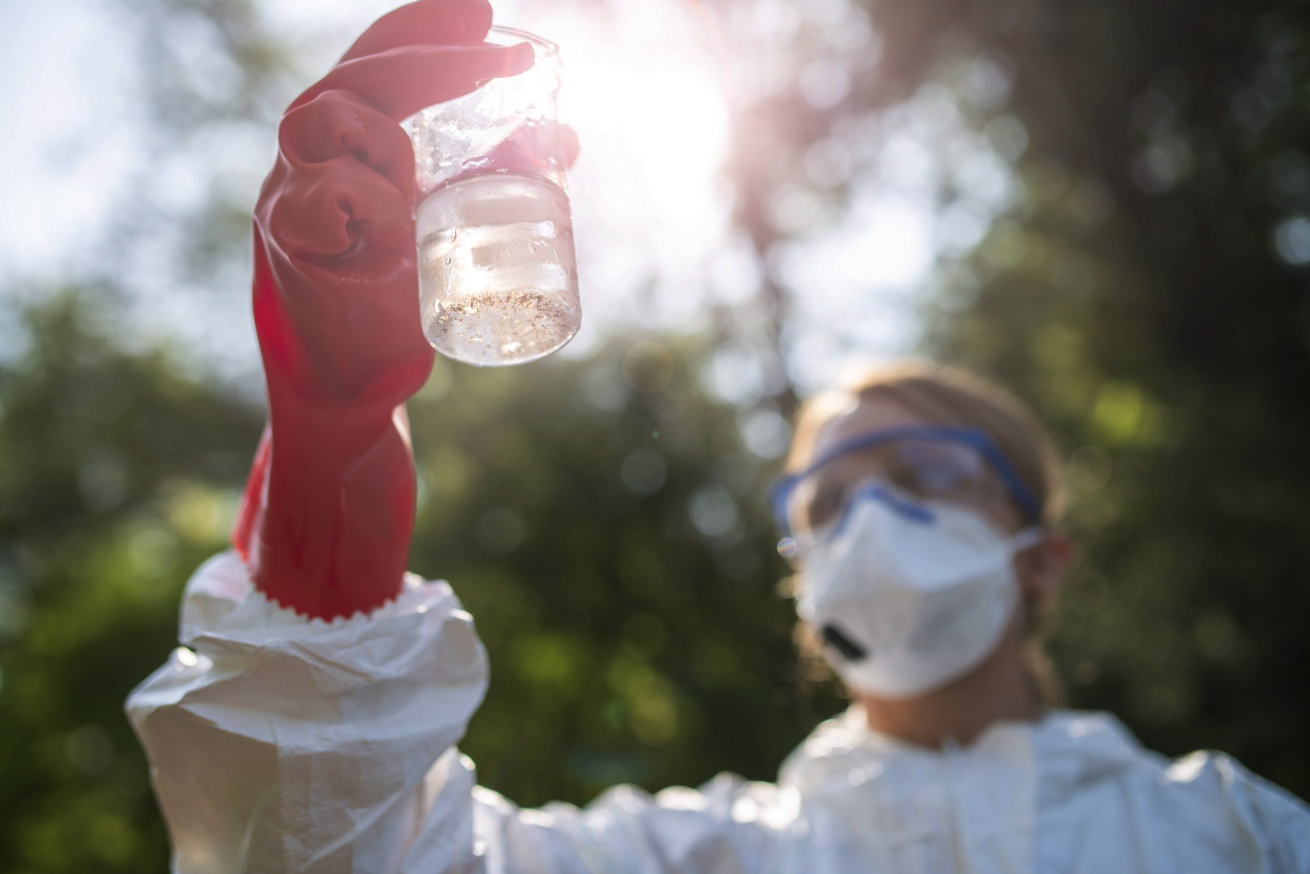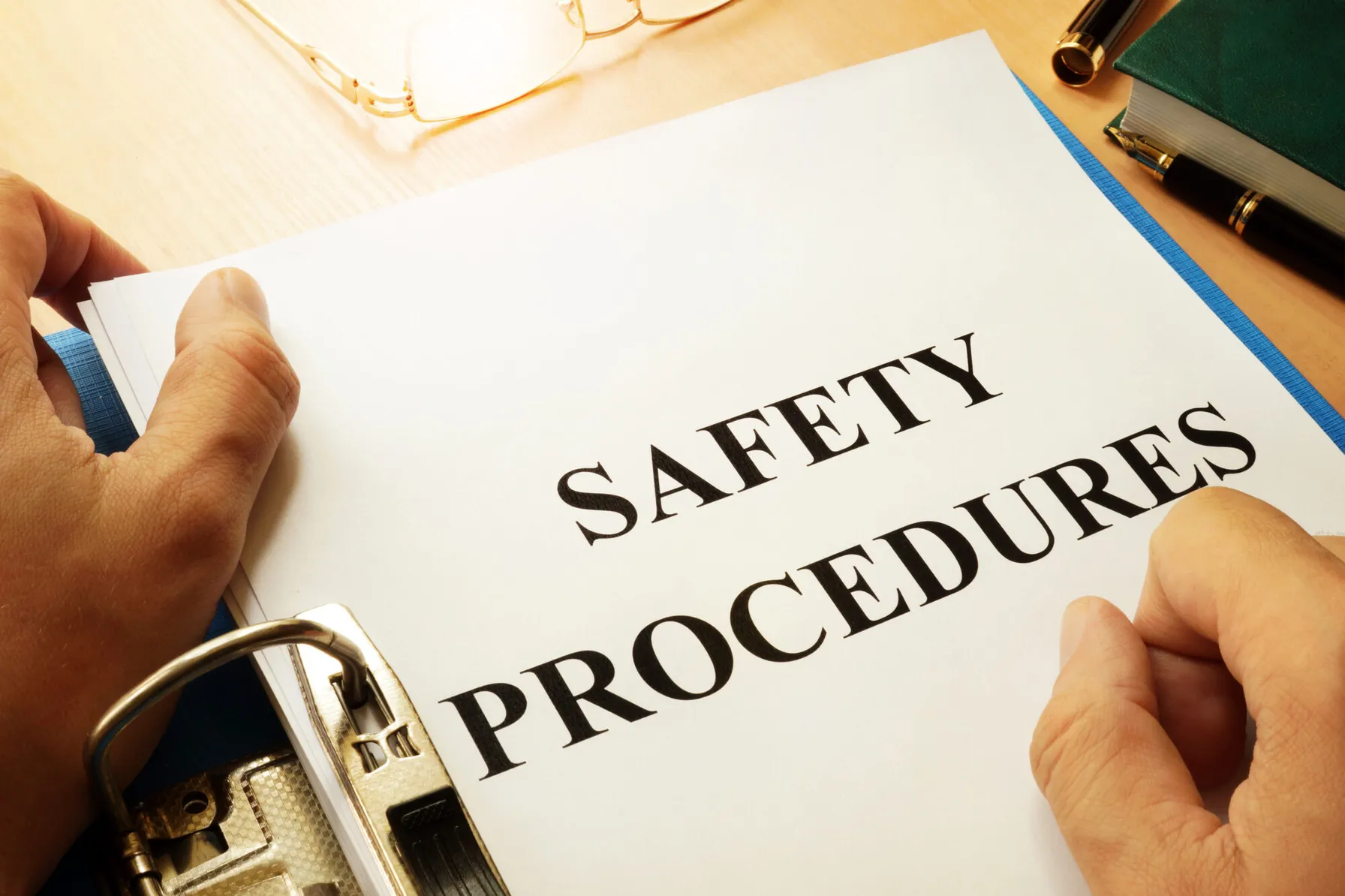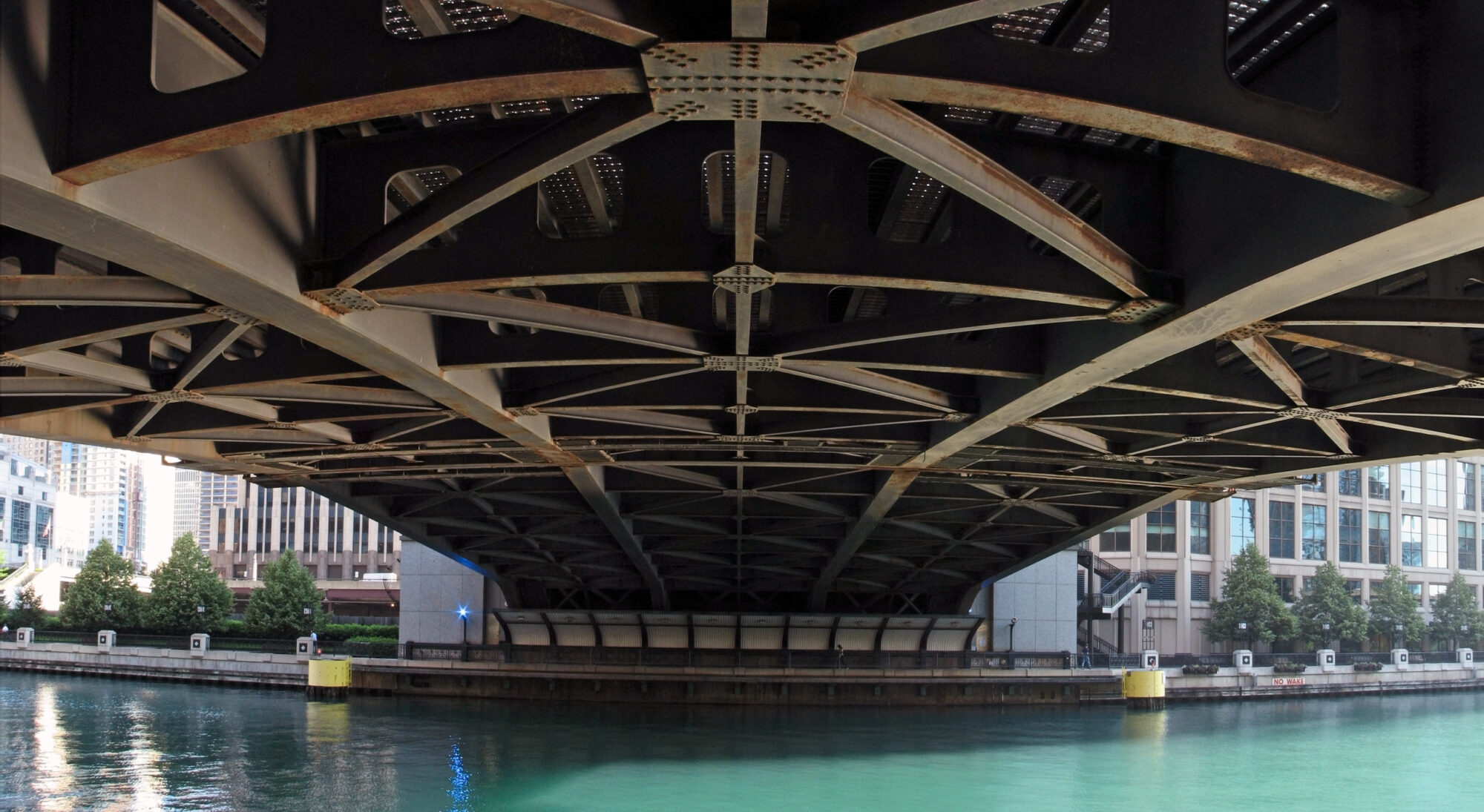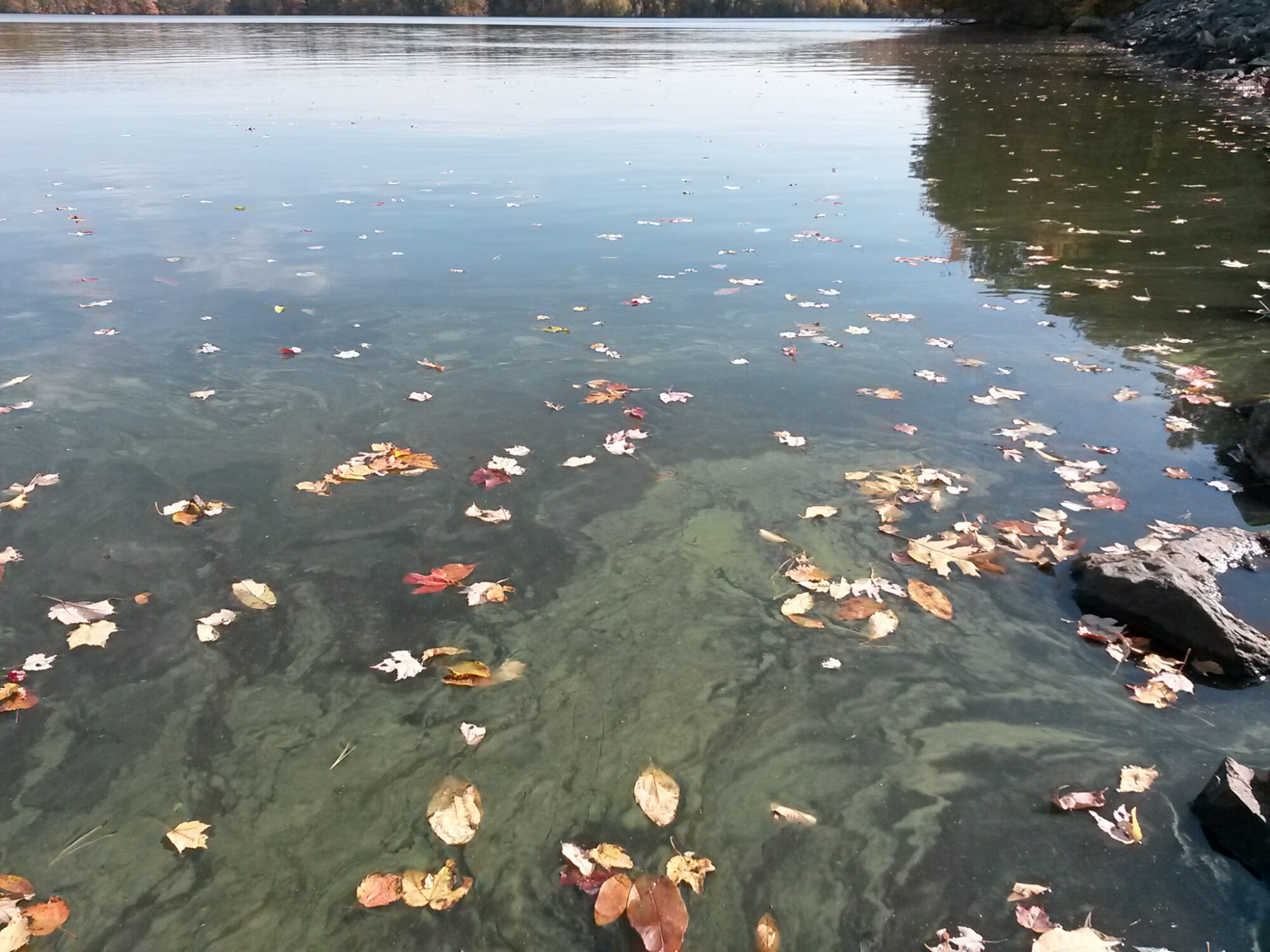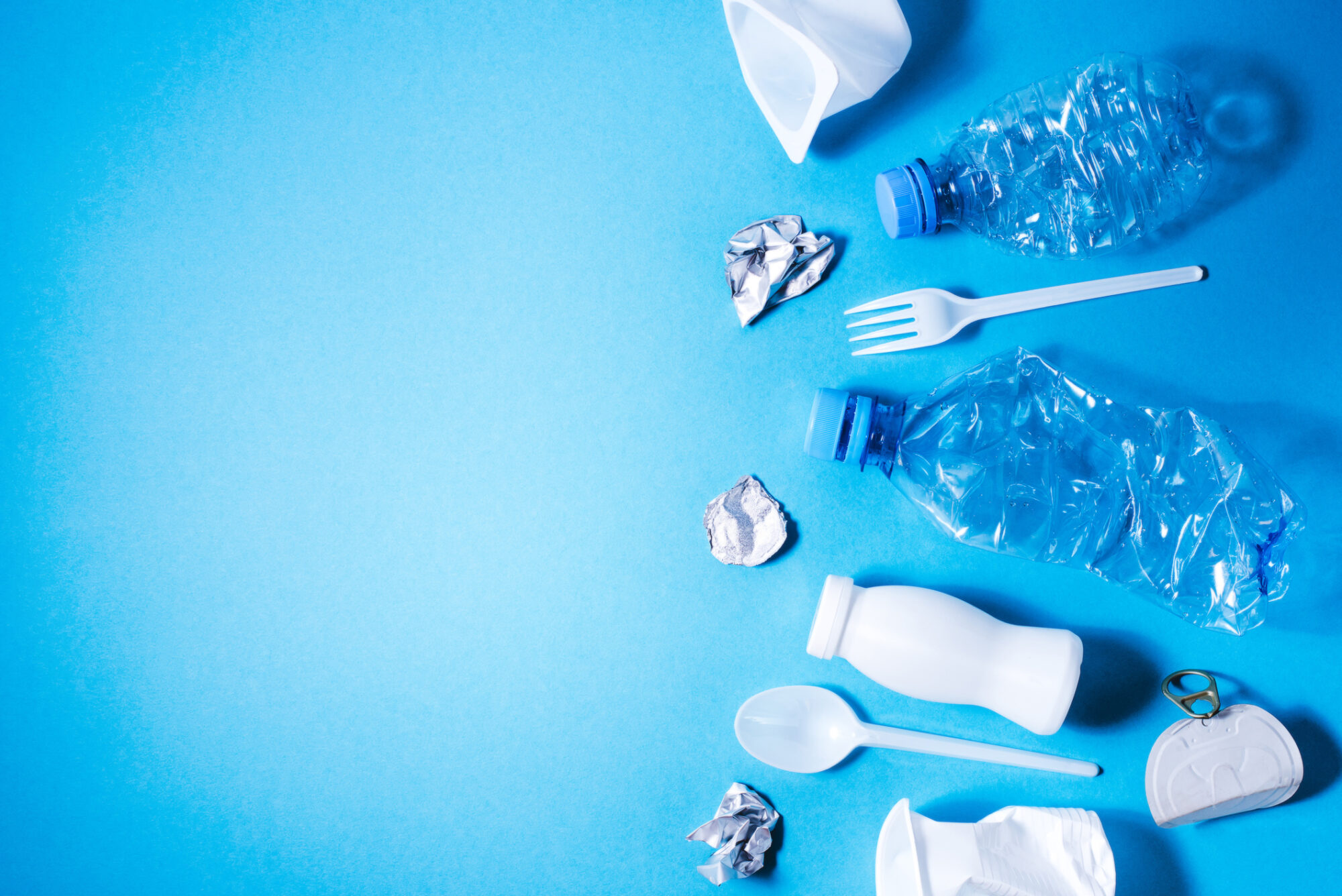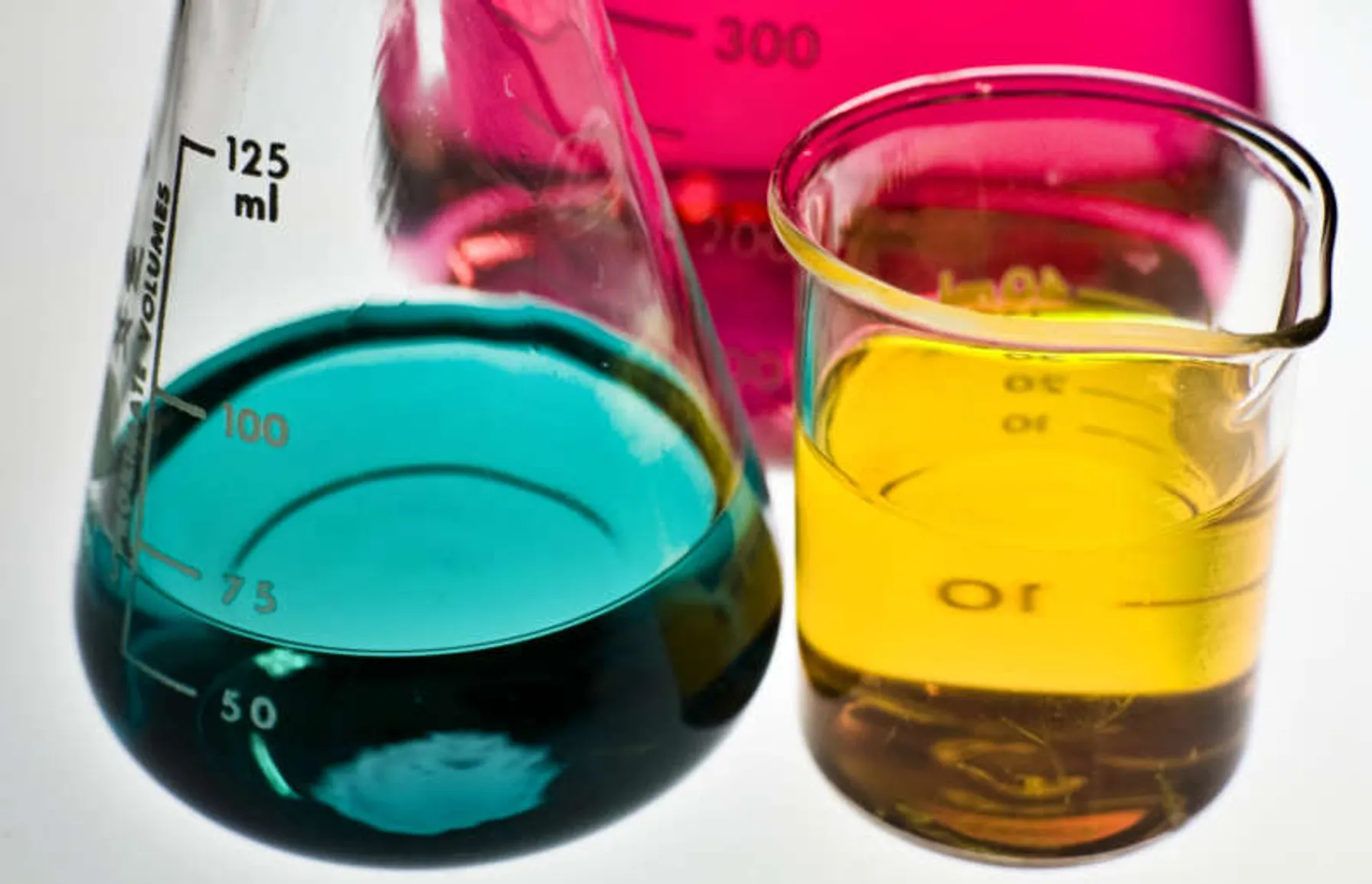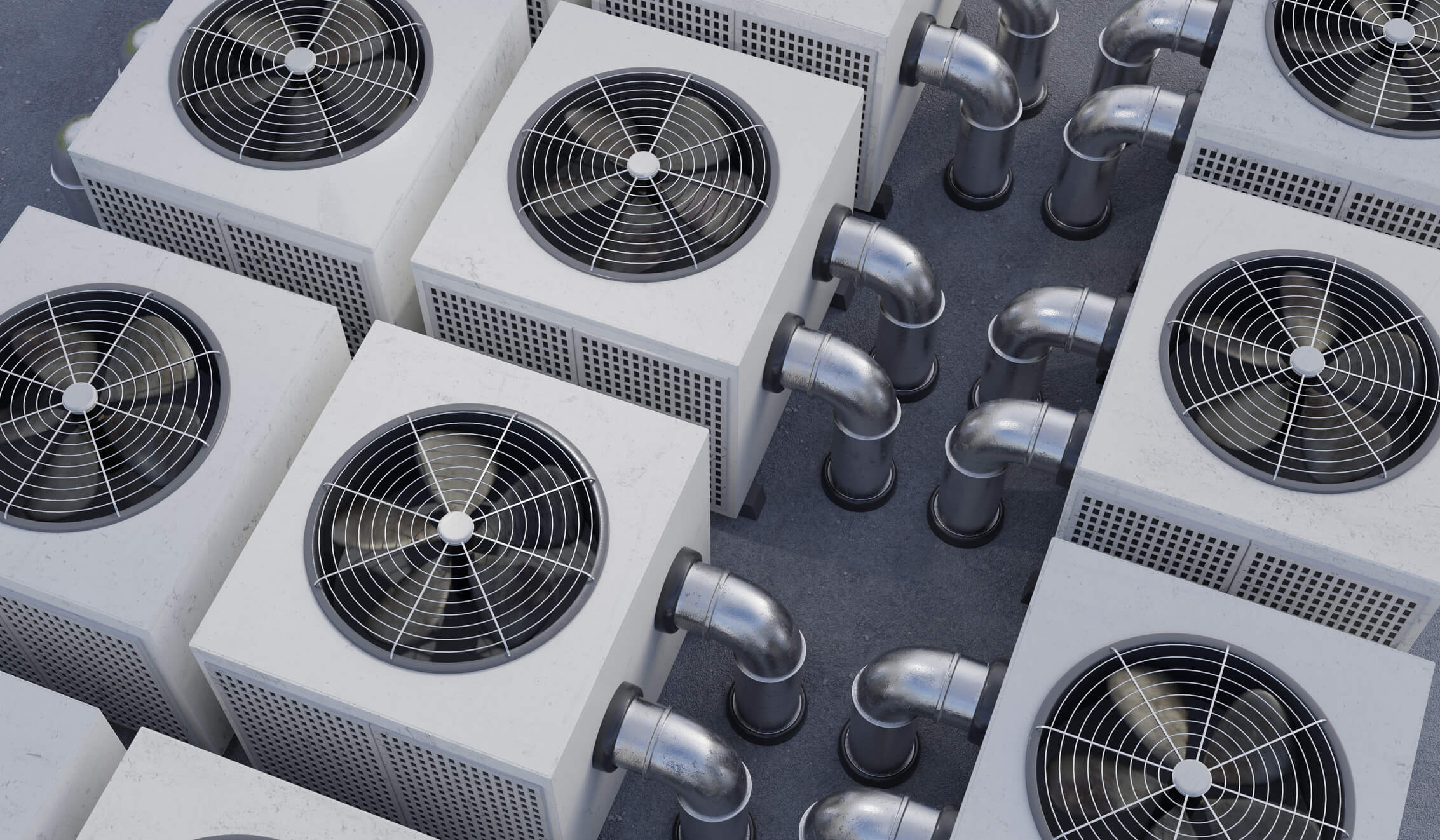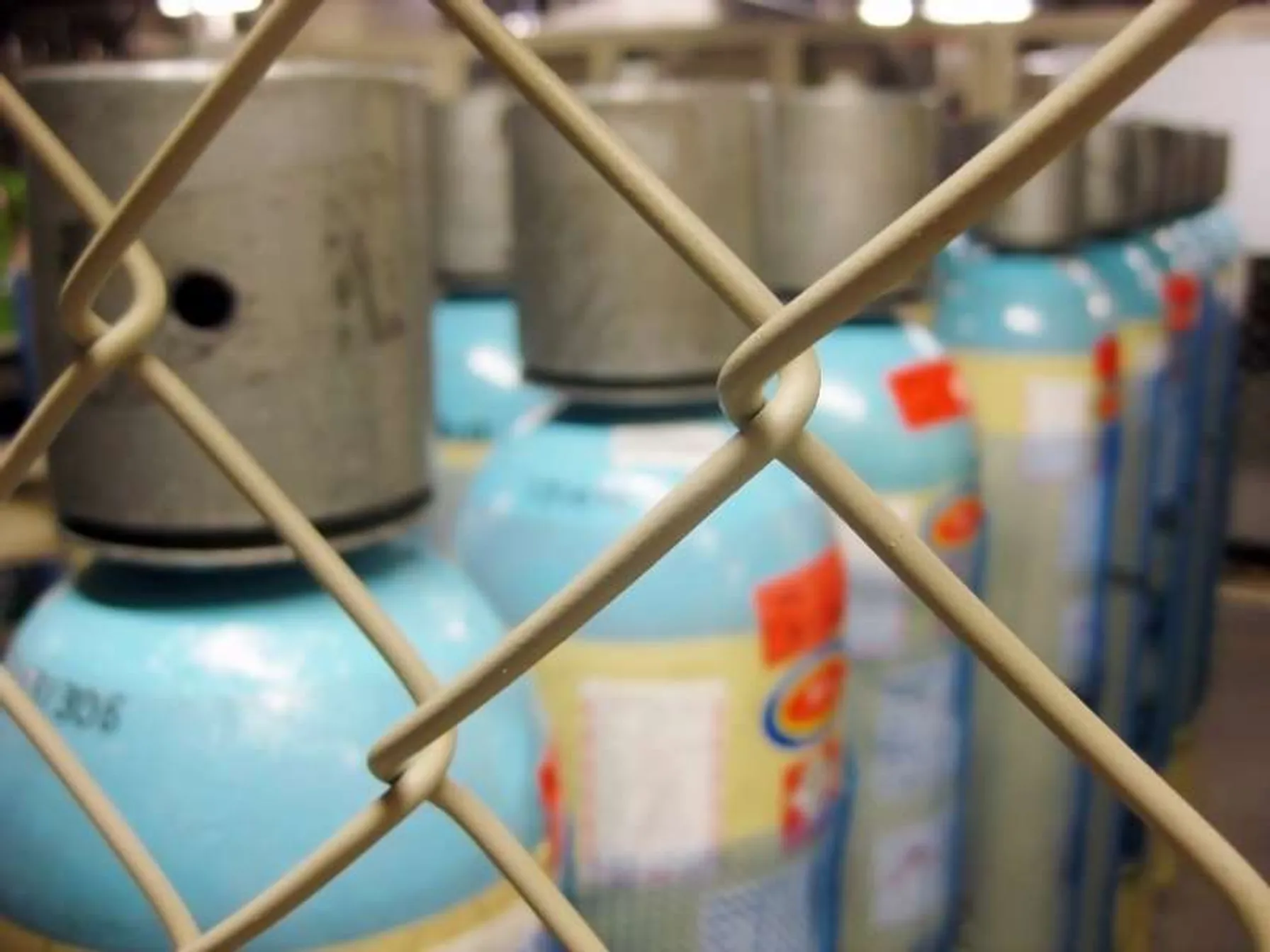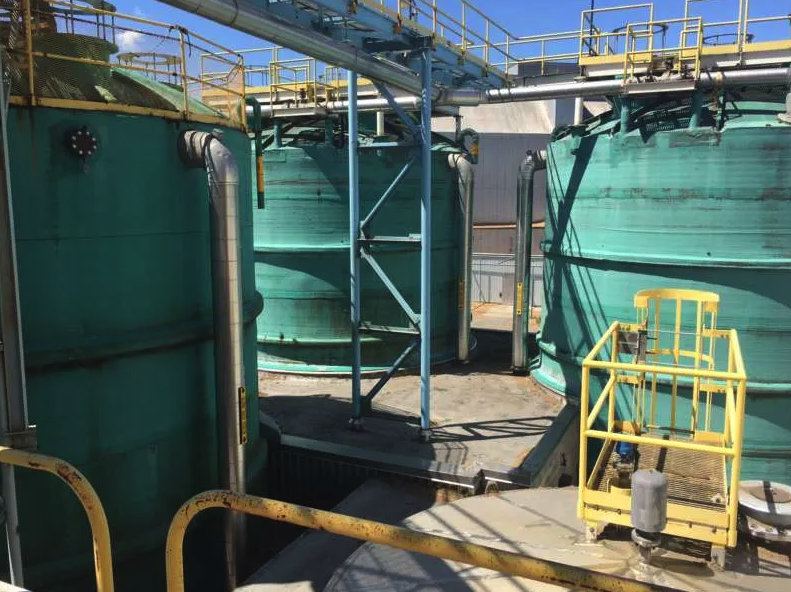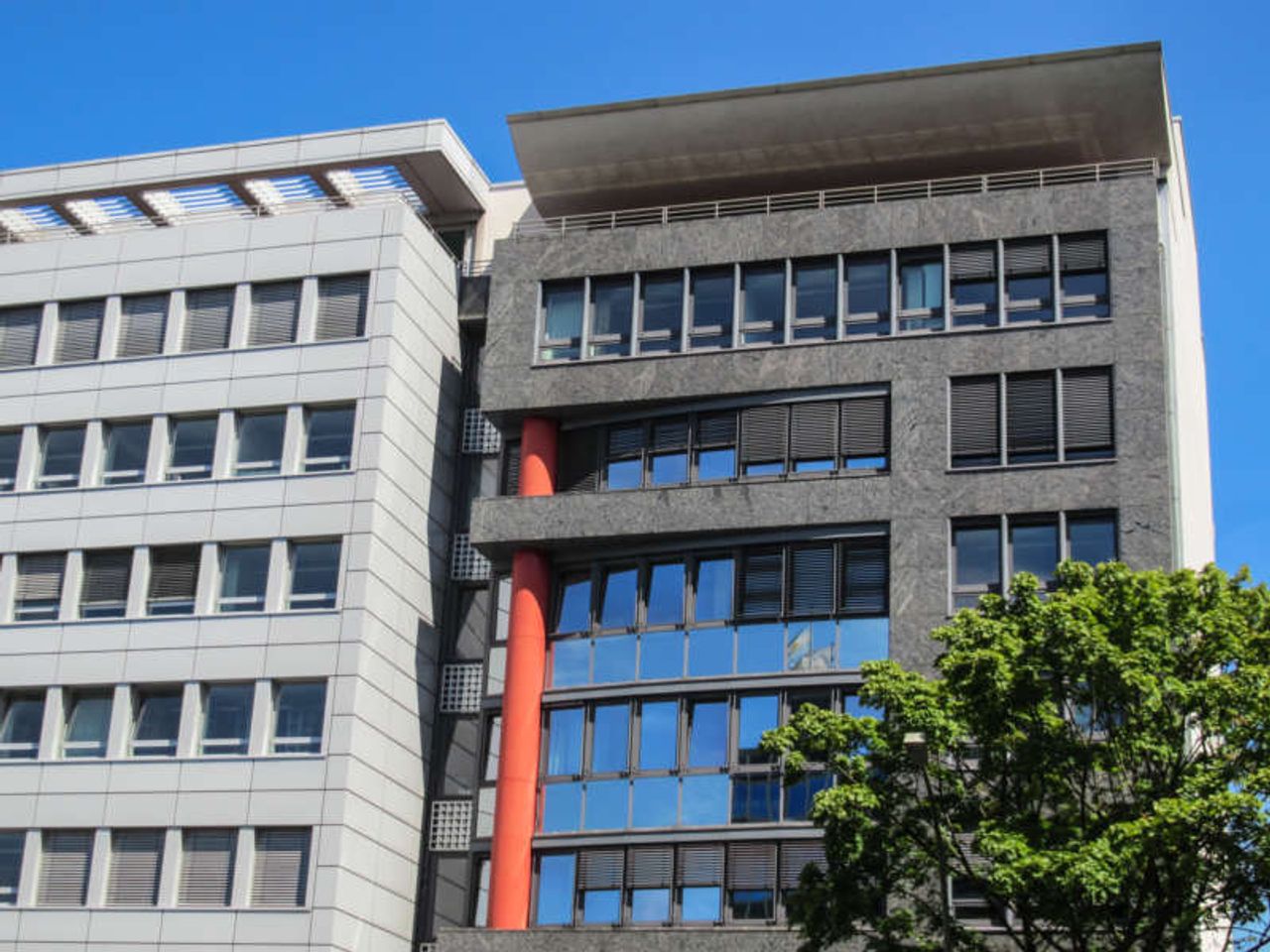NJDES Category B or L Industrial Permit holders – If you haven’t obtained your first PFAS sample yet, time is running out. All New Jersey Pollutant Discharge Elimination System (NJDES) Category B or L Industrial Permit holders are required by the New Jersey Department of Environmental Projection (NJDEP) to collect two representative effluent samples, taken 30 days apart, to be analyzed for PFAS by an approved laboratory and submitted to them by December 15, 2021.
Related Services
Avoid potential cross-contamination issues or false positive results
Insights on NJDESTRC’s PFAS experts can help ensure that you obtain representative samples and avoid potential cross-contamination issues or false positive results, and we can conduct the analysis and help prepare you for future requirements including investigation of probable sources, reduction/elimination of any suspected/potential sources identified and to take other appropriate actions.
PFAS Monitoring Requirement – NJDEP
In March 2021 the NJDEP, Division of Water Quality sent out a survey to all industrial NJPDES Category B or L permit holders to determine the potential for per- and polyfluoroalkyl substances (PFAS) to be present in industrial discharges. Based on review of this information, a follow-up requirement was issued to facilities to collect two effluent samples, 30 days apart, and have the samples analyzed for a select list of PFAS. A deadline of December 15, 2021 has been set for the submission of both sample results, which means effectively, the first sample must be obtained by the end of October.
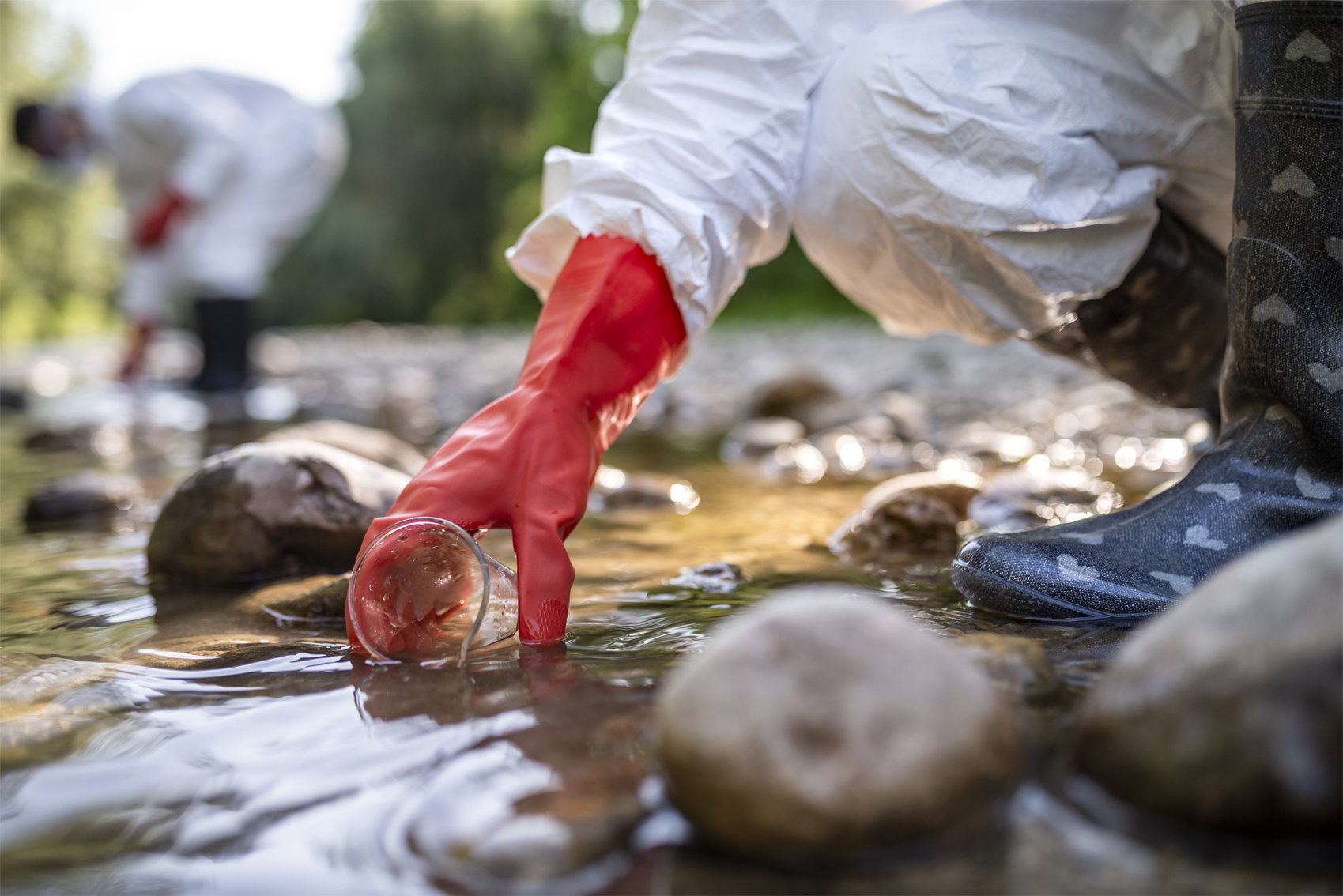
How does cross-contamination cause false positives in sampling?
While the NJDEP sampling guidance requirement seems straightforward, it does require sampling expertise to prevent cross-contamination and avoid false positives. Since many common products (e.g., Post-It® notes, Teflon®, Blue Ice®, sunscreen and even certain clothing) contain PFAS, it is necessary to eliminate these potential sources during the sampling process. A research study of PFAS in sampling products performed by TRC1 found low levels of PFAS may leach from specific sampling materials and affect the sample results.
Analysis of Samples by a Certified Laboratory
Following sample collection, analysis of 12 PFAS compounds is required. The analysis must be conducted by a New Jersey laboratory certified for a non-potable water user-defined method that can quantify the required PFAS in wastewater. A list of NJDEP certified laboratories can be found here https://www.nj.gov/dep/enforcement/oqa/certlabs.htm.
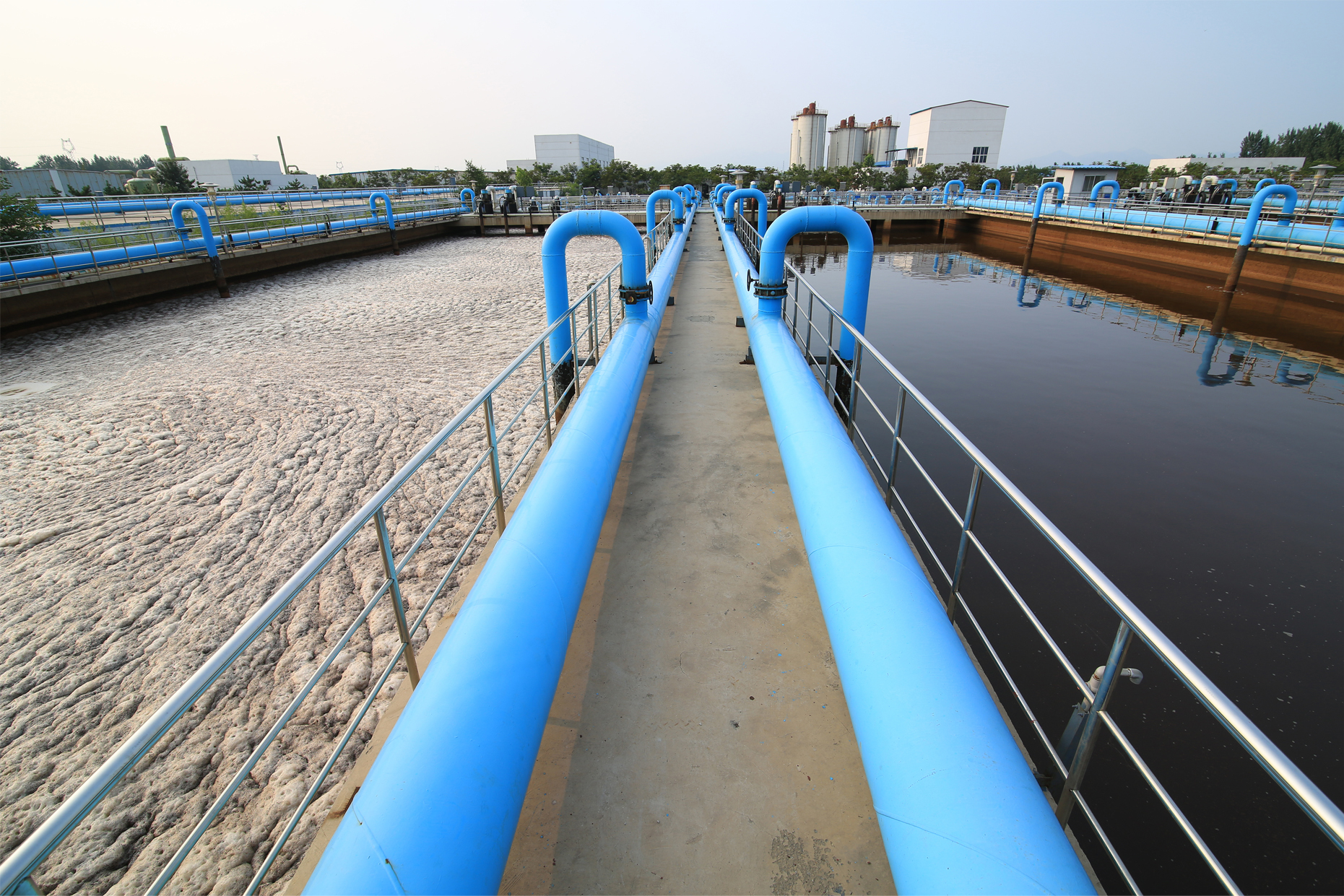
Spotlight on PFAS – Regulations and Standards Increase
The focus on reducing the potential risks caused by PFAS to both human health and the environment is increasing at both the state and federal level. In April 2021 the EPA announced the creation of a new “EPA Council on PFAS” charged with building upon the agency’s understanding of and ways to reduce the risks associated with these chemicals. They will be looking at how to accelerate scientific work, regulatory action, and voluntary approaches to address PFAS contamination and better protect human health and the environment.
In September 2021, the EPA released Preliminary Effluent Guidelines Program Plan 15, which provide a description of the EPA’s annual review of effluent guidelines and pretreatment standards. The Plan does not specifically address whether there are Federal draft limits being considered related to PFAS discharges but rather indicates that the EPA intends to provide updates to existing effluent limit guidelines, focusing on five (5) point source categories in the manufacture, use, treatment and discharge of PFAS in: organic chemical, plastics, and synthetic fibers (OCPSFs); metal finishing; pulp, paper, and paperboard; textile mills; and commercial airports.
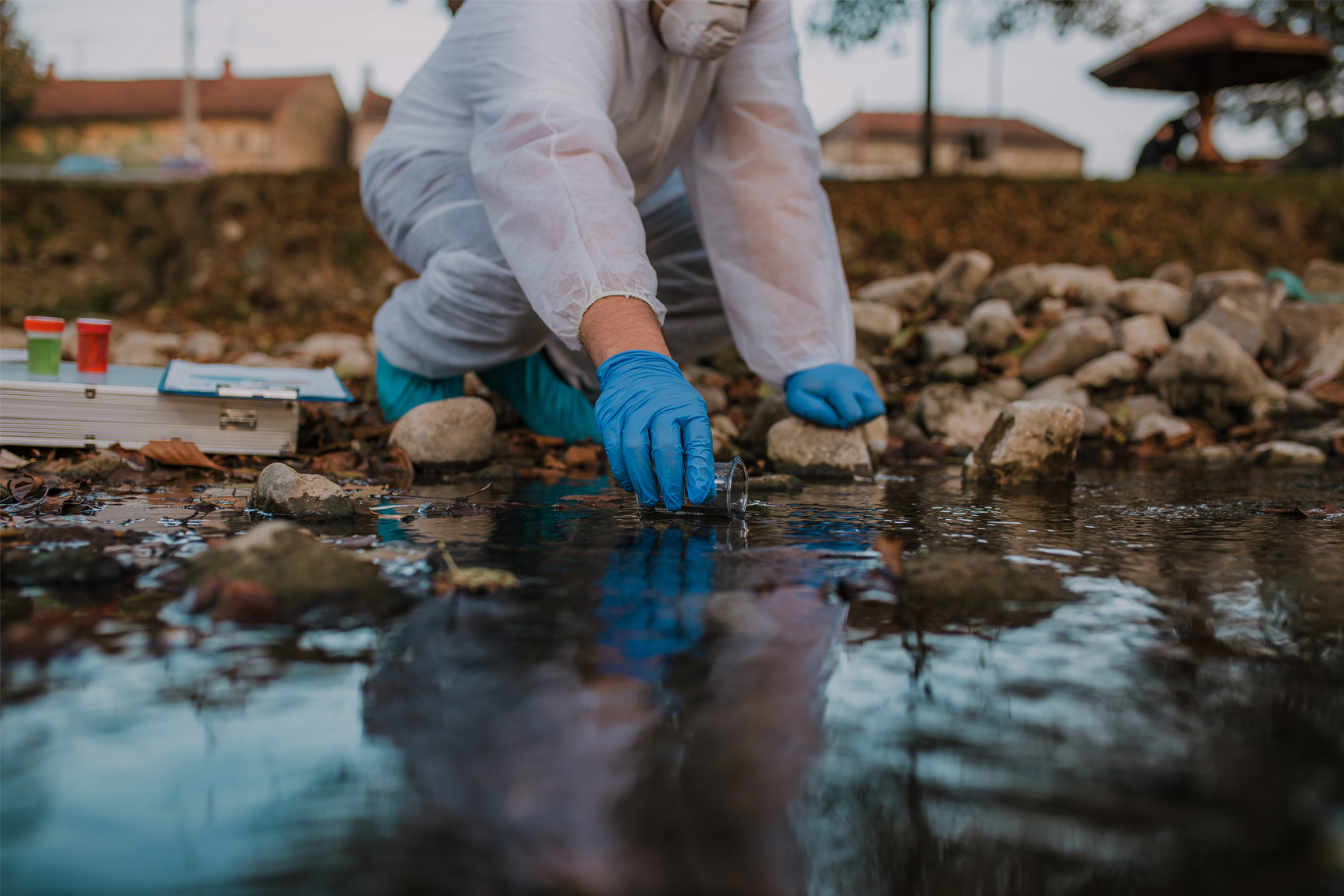
Our Unique Approach to Managing PFAS Risks and Impacts
We have a team of nationally recognized PFAS subject matter experts who have communicated and provided consultation to senior congressional staff, regulators, attorneys, and corporate management. We have a broad understanding of both PFAS chemistry and industrial processes that helps our clients navigate the new and emerging requirements associated with PFAS. We stay abreast of and monitor regulations and standards on a state-by-state basis and stay up-to-date on any action the EPA takes. We strategically guide our clients through the challenging process of addressing PFAS contamination, especially under the prevailing regulatory and technical uncertainties. TRC uses our unique risk-based and science-based vision to manage PFAS risks and impacts. We provide a full range of services to our clients, helping them assess, manage, and mitigate challenges through all steps of the process.
Contact Us
Let TRC’s PFAS experts help you obtain representative samples, avoid potential cross-contamination issues or false positive results, and help you prepare for mitigation strategies pending NJDEP’s review of results. You can call one of our PFAS Experts at 978-656-3577 or ask to have us contact you via email at PFAS@trccompanies.com.
Assess. Manage. Mitigate.
1 Denly, Elizabeth, et al. “Per- and Polyfluoroalkyl Substances in Environmental Sampling Products: Fact or Fiction?” Remediation Journal (September 2019): https://onlinelibrary.wiley.com/doi/epdf/10.1002/rem.21614
Note: This article is for purchase only.

